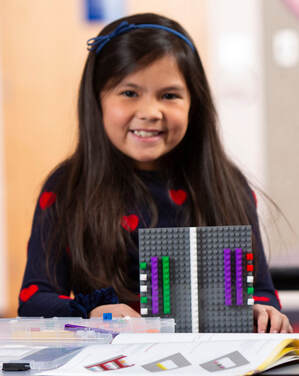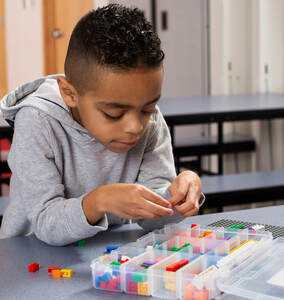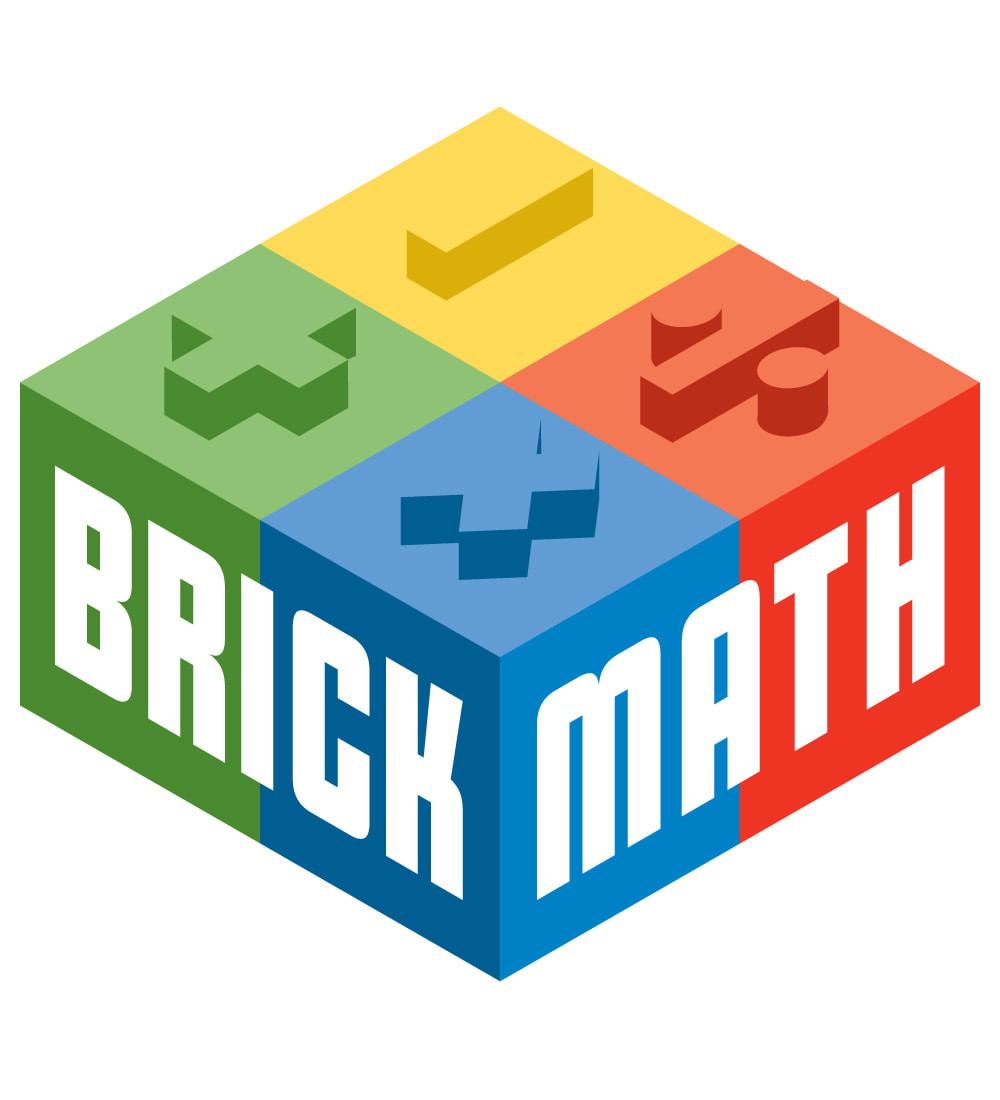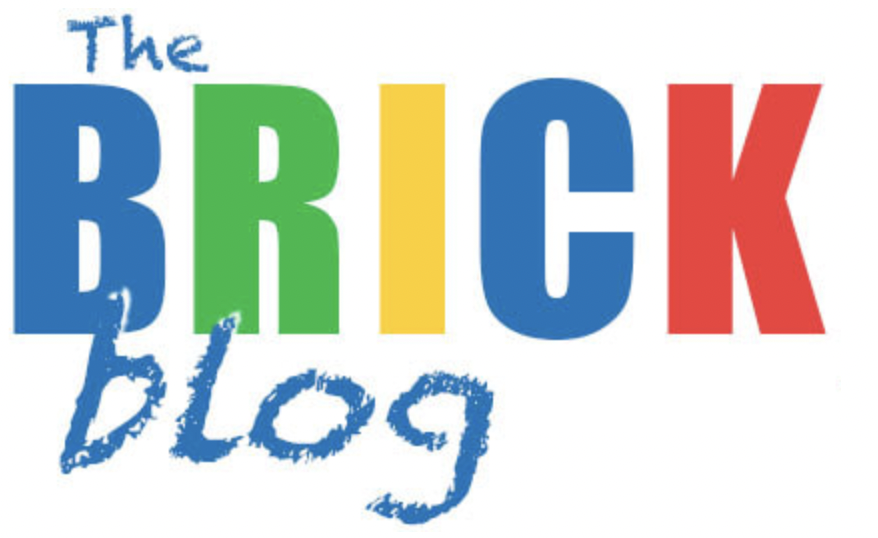 We’re all agreed that students must get a strong math foundation in elementary school if they are to go on with success in STEM fields in upper grades. It’s not about rote memorization of math facts or formulas anymore. The kids who grow up to become computer programmers, scientists, doctors, tech developers—they all get excited by math at an early age and gain a deep understanding of math principles early on. But students differ in their learning styles, and math programs differ in their methods. There are 5 keys to learning elementary math, though, that help students develop that true understanding of math that will carry through to later years. Brick Math uses these strategies in its program that teaches math using LEGO® bricks. It’s easy to teach and fun to learn. Get more information now. Here are five keys to learning math in the elementary school years: 1. Hands-on Math When young children can see and touch the math, they become far more engaged in learning. Kids are by nature tactile beings who learn by doing. The essence of Brick Math is hands-on: the program uses LEGO® bricks to model math in subjects that range from Counting, Addition, and Subtraction, through Multiplication, Division, and Fractions, to Measurement, Geometry, and Decimals. When students are able to manipulate the bricks themselves to build models of math problems, they enjoy learning. 2. Teacher Shows the Concept An important start to learning math is for the teacher to show the concept first, and explain it using correct terminology. This sets the students up for learning. In Brick Math, every chapter starts with “Part 1: Show Them How.” The lessons in Part 1 have the students working along with the teacher as he/she shows the math concepts. This works no matter where the students and teacher are physically—students can watch in person or online and work along with the lesson whether they are in the classroom or at home.  3. Students Work on the Concept Learned It’s important that students get practice with the math and quick teacher feedback. That’s how concepts get truly learned. Part 2 in each Brick Math chapter is “Show What You Know,” which gives students many opportunities to work on problems that build on what they have just learned. In the classroom or online, the teacher can review the model the student has built and offer immediate feedback to guide the student toward complete understanding. This is a teaching strategy that works well with elementary-age children: The teacher shows the new idea first, then the students show what they have learned. 4. Students Explain Their Thinking
When students are learning new math concepts, the way they are thinking about the math is critical in their understanding. A key learning strategy is for students to explain their thinking about their math answer in words. This way, the teacher can easily tell if the student is getting the concept. In the Brick Math program, students are frequently asked to explain their thinking, orally or in writing. When students must explain how they arrived at an answer, it’s clear whether or not they have really understood the math. 5. Connect Math to the Real World How many times has a student complained to a teacher, “I’ll never use this kind of math in real life!”? Math is abstract, and its importance to the world around us must be demonstrated regularly when kids are learning in elementary school. Math is far more meaningful when its use is shown through real-world examples. Brick Math includes many problems that show how math is used in everyday life, including the relationship of decimals to money, the measurement of area and perimeter when building a playground, and the division of a pizza to feed a group of people. When students learn early on that math is useful in many common situations, they get comfortable with math in a natural way. That’s the start of a long and happy relationship with math! If you teach math or have a student at home who is learning math, check brickmath.com. The website includes videos for both teacher training and direct instruction of students. You can learn more about how Brick Math improves student math test scores and hear what people who are using Brick Math have to say about the program. Brick Math is a K-6 math curriculum that uses LEGO® bricks to model 11 different math subjects: Counting, Addition, Subtraction, Multiplication, Division, Basic Fractions, Basic Measurement, Fraction Multiplication, Fraction Division, Advanced Measurement and Geometry, and Decimals. It works well for math intervention, for enrichment, and as a whole-school program. Materials are simple and need not be shared between students. It adapts easily to online instruction. Contact us with any questions.
0 Comments
|
Categories
All
Archives
July 2024
|


